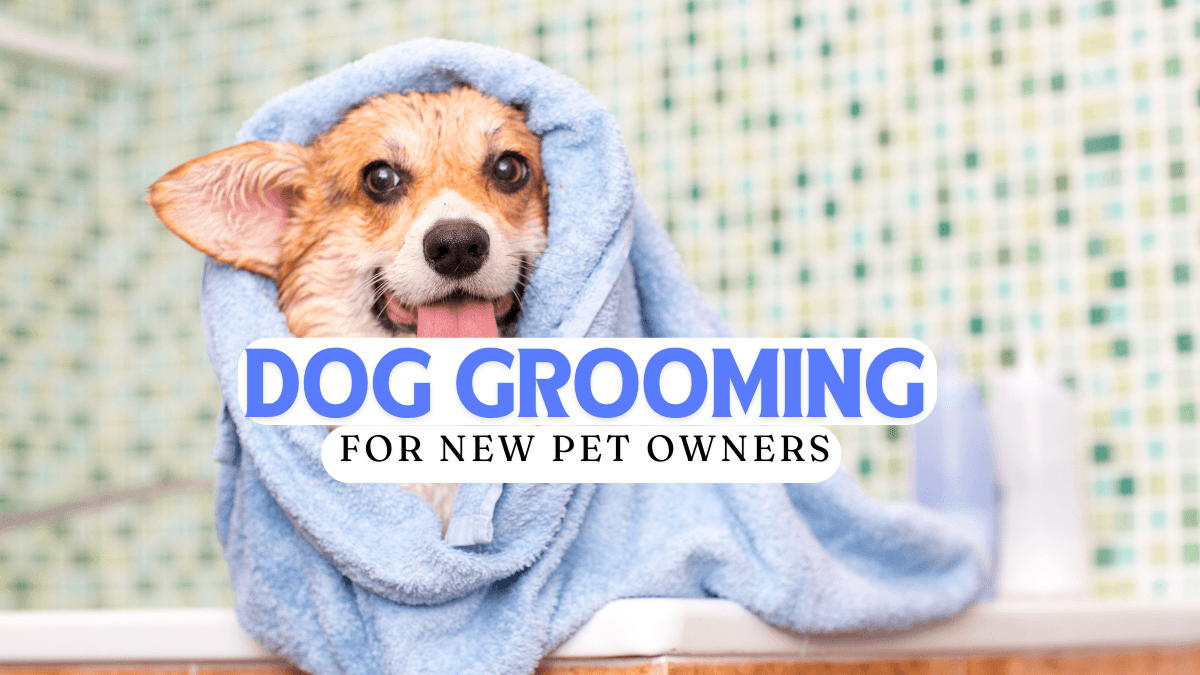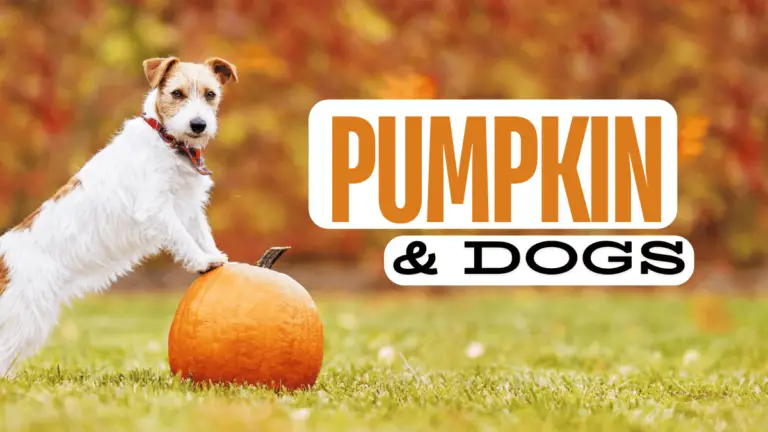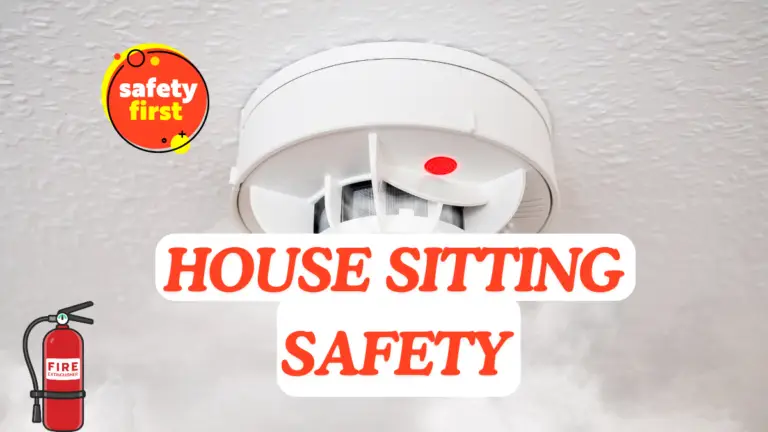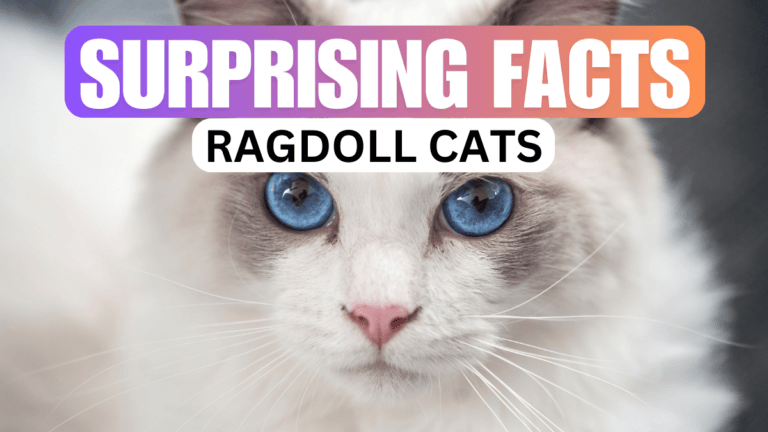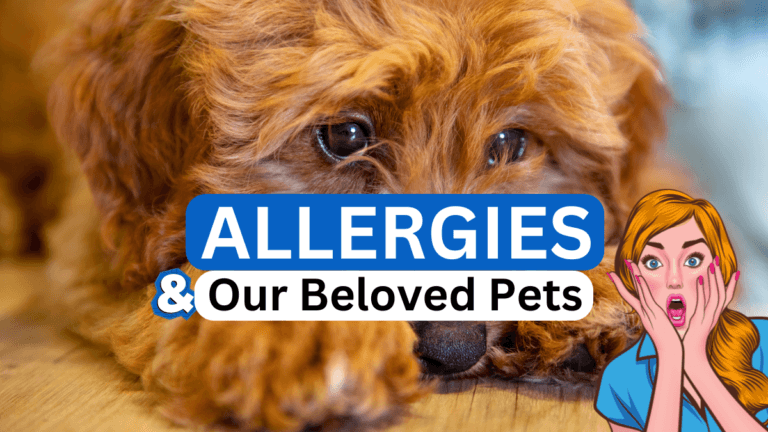The Ultimate Guide to Dog Grooming: 5 Essential Tips for New Dog Owners
The Ultimate Guide to Dog Grooming: 5 Essential Tips for New Dog Owners Facebook Youtube Instagram Table of Contents Dog Grooming for Beginners Welcoming a new dog into your home is an exciting and joyful experience. Along with the companionship and love your furry friend brings, there comes the…
The Ultimate Guide to Dog Grooming: 5 Essential Tips for New Dog Owners
Table of Contents
Dog Grooming for Beginners
Welcoming a new dog into your home is an exciting and joyful experience. Along with the companionship and love your furry friend brings, there comes the responsibility of maintaining their health and well-being. Grooming is a crucial aspect of pet care that ensures your dog stays clean, comfortable, and healthy. This guide will provide new dog owners with essential grooming tips, including schedules, breed-specific advice, nail care, and some lesser-known grooming practices that are equally important.
Grooming Schedules: How Often Should You Groom Your Dog?
The frequency of grooming depends largely on your dog’s breed, coat type, and lifestyle. Here’s a general guideline to help you establish a grooming routine:
Short-Haired Breeds: Dogs like Beagles, Boxers, and Dalmatians have short coats that require minimal grooming. Brushing once a week and bathing every 6-8 weeks is usually sufficient.
Medium-Haired Breeds: Breeds such as Golden Retrievers, Australian Shepherds, and Border Collies have medium-length coats that benefit from brushing 2-3 times a week and bathing every 4-6 weeks.
Long-Haired Breeds: Dogs like Shih Tzus, Yorkshire Terriers, and Afghan Hounds need daily brushing to prevent matting and tangling. They should be bathed every 3-4 weeks.
Double-Coated Breeds: Breeds such as Siberian Huskies, German Shepherds, and Pomeranians have thick double coats that shed seasonally. Brush them 3-4 times a week, especially during shedding seasons, and bathe them every 6-8 weeks.
Understanding Dog Coat Length and Grooming Needs
Each breed has unique grooming requirements based on their coat length and type. Here are some specific considerations:
Short Coats: While easy to maintain, short-coated dogs can still benefit from regular brushing to remove loose hair and distribute natural oils.
Medium Coats: These dogs may develop mats and tangles if not brushed regularly. Pay attention to areas like behind the ears, under the legs, and around the collar.
Long Coats: Long-haired dogs often require professional grooming to keep their coats in top condition. Consider trimming the hair around the eyes, paws, and sanitary areas for hygiene and comfort.
Curly or Wavy Coats: Breeds like Poodles and Bichon Frises have hair that continuously grows and requires regular trimming and grooming. Brush daily to prevent tangles and mats.
Dog Grooming Information Chart
| Category | Details |
|---|---|
| Essential Grooming Tools | Brushes, combs, nail clippers, grooming scissors, shampoo and conditioner, ear cleaning solution, toothbrush and dog toothpaste. |
| Breed-Specific Tips | Short-haired breeds need less frequent brushing; double-coated breeds require seasonal shedding management; curly-coated breeds need regular trims. |
| Common Grooming Issues | Mats and tangles, overgrown nails, ear infections, dental diseases, skin irritations. Regular grooming can help detect and prevent these issues. |
| Grooming Frequency | Varies by breed: Short-haired (weekly), medium-haired (2-3 times a week), long-haired (daily), double-coated (3-4 times a week). |
| Nail Trimming Tips | Trim nails every 3-4 weeks, use quality clippers or a Dremel tool, avoid cutting the quick, and file nails smooth to prevent sharp edges. |
| Ear Care | Check ears weekly for redness, odor, or discharge. Clean with a vet-recommended solution to prevent infections. |
| Dental Care | Brush teeth 2-3 times a week with dog-specific toothbrush and toothpaste. Use dental chews and toys for oral hygiene maintenance. |
| Paw Care | Regularly check and clean paws, trim fur between paw pads, use paw balm for moisture and protection, especially in harsh weather. |
| Eye Care | Trim hair around eyes to prevent irritation. Wipe away discharge with a damp cloth to maintain cleanliness and comfort. |
| Professional Grooming | Provides deep cleaning, expert trimming, and early detection of health issues. Essential for certain breeds and coat types. |
Nail Care: Keeping Your Dog’s Paws Healthy
Nail trimming is a vital aspect of dog grooming that is often overlooked. Overgrown nails can cause discomfort and lead to more serious issues such as infections or altered gait. Here’s how to manage your dog’s nails:
Frequency: Trim your dog’s nails every 3-4 weeks. If you hear clicking sounds on the floor when they walk, it’s time for a trim.
Tools: Use a quality nail clipper designed for dogs. A Dremel tool can also be used to gently grind down the nails.
Technique: Trim small amounts of the nail at a time, avoiding the quick (the sensitive part of the nail that contains blood vessels). For dogs with dark nails, trim gradually and look for a chalky white ring to avoid cutting into the quick.
Ear and Dental Care: Often Overlooked But Important
Ear Care: Regularly check your dog’s ears for signs of infection, such as redness, odor, or discharge. Clean their ears with a vet-recommended solution once a month or as needed.
Dental Care: Brush your dog’s teeth at least 2-3 times a week to prevent dental diseases. Use a toothbrush and toothpaste specifically designed for dogs. Dental chews and toys can also help maintain oral hygiene.
The Benefits of Professional Grooming
While home grooming is essential, professional groomers offer services that go beyond basic maintenance. They can provide:
Deep Cleaning: Thorough bathing and conditioning to keep your dog’s coat and skin healthy.
Expert Trimming: Skilled trimming and styling that suits your dog’s breed and coat type.
Health Checks: Groomers often spot early signs of skin issues, ear infections, and other health concerns that you might miss.
Related: Dangers of Xylitol for Dogs
Lesser-Known Grooming Tips
Paw Care: Regularly check and clean your dog’s paws to remove debris and check for injuries. Consider using a paw balm to keep their pads moisturized and protected, especially in harsh weather.
Eye Care: Keep the hair around your dog’s eyes trimmed to prevent irritation. Use a damp cloth to gently wipe away any discharge or tear stains.
Sanitary Trims: Trim the hair around your dog’s genital and anal areas to maintain hygiene and prevent matting.
Grooming is more than just keeping your dog looking good; it’s about ensuring their health and comfort. Establishing a regular grooming routine tailored to your dog’s specific needs will contribute to their overall well-being. Don’t hesitate to seek professional grooming services for more specialized care. With these tips and a bit of patience, grooming can become a bonding experience that enhances the connection between you and your furry friend.

